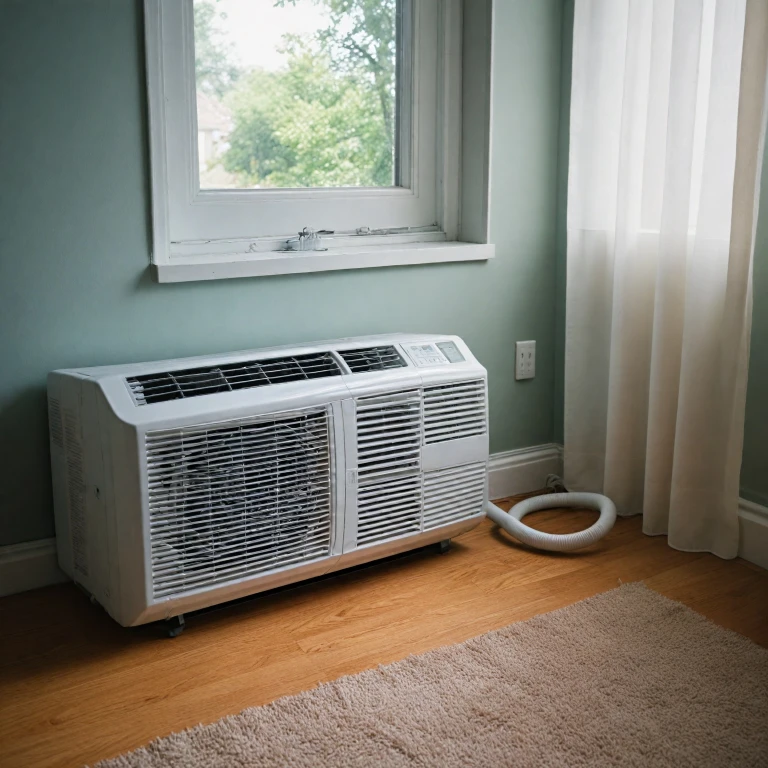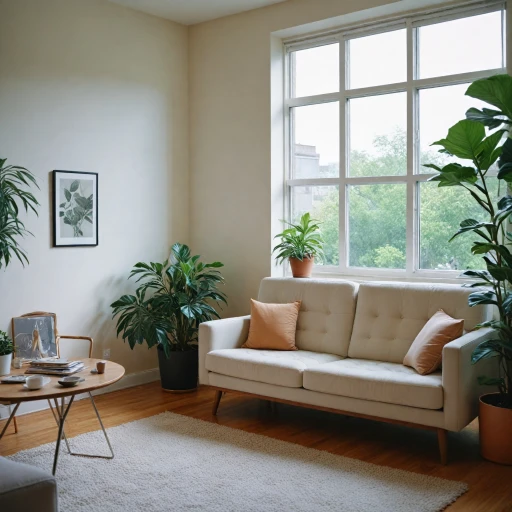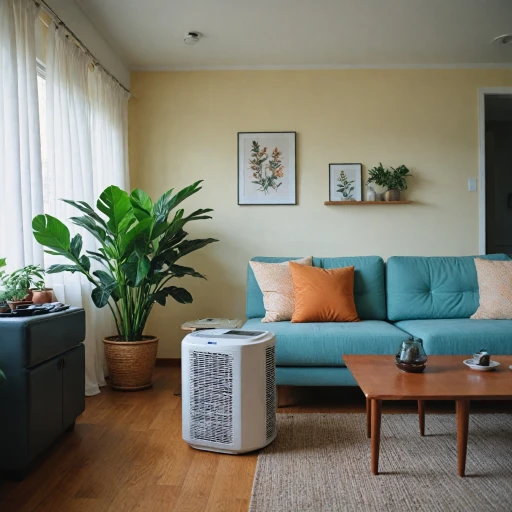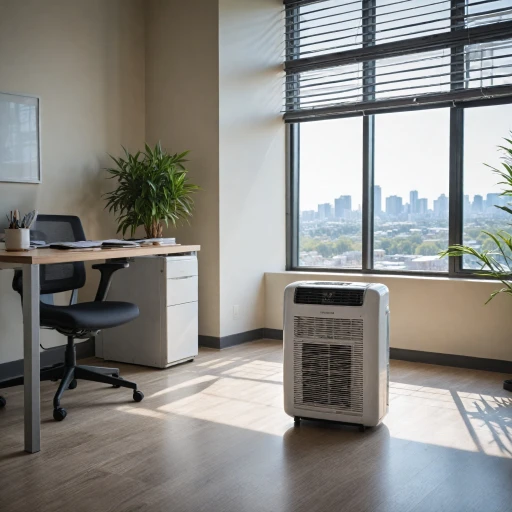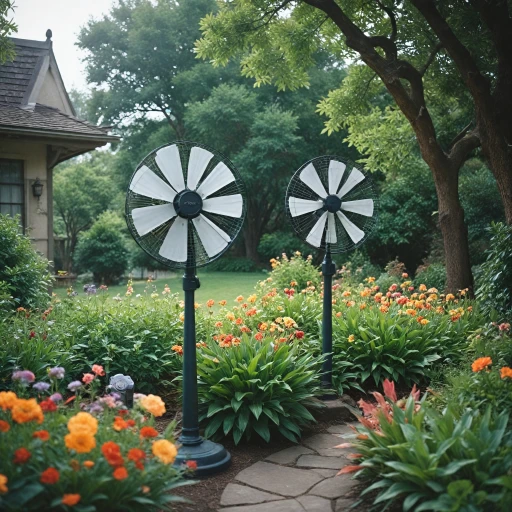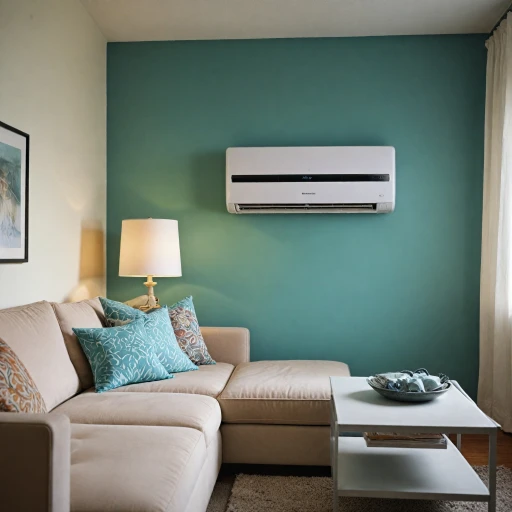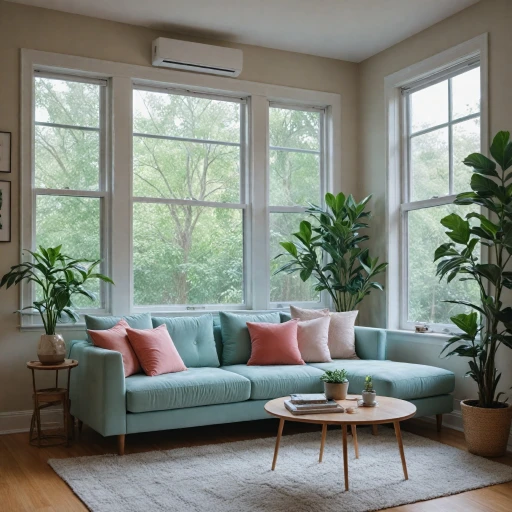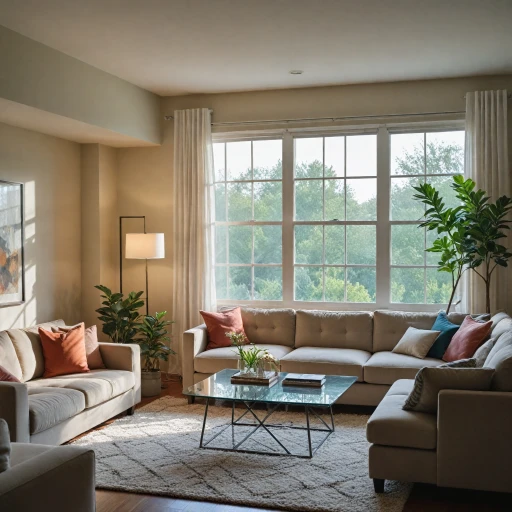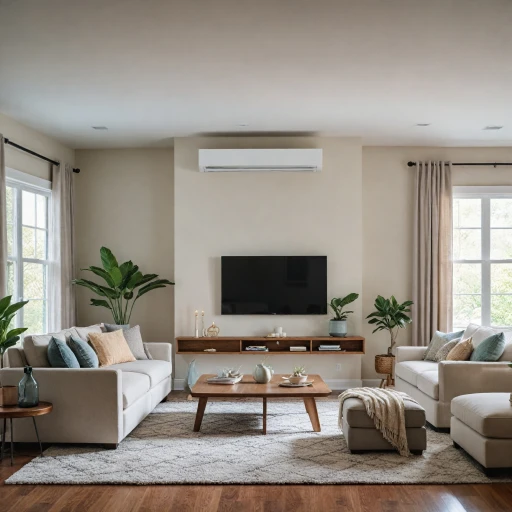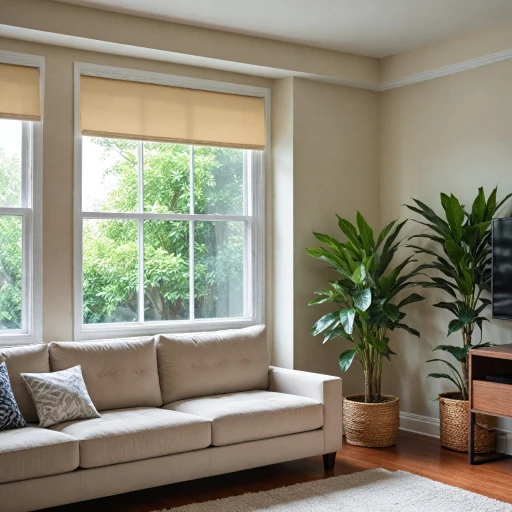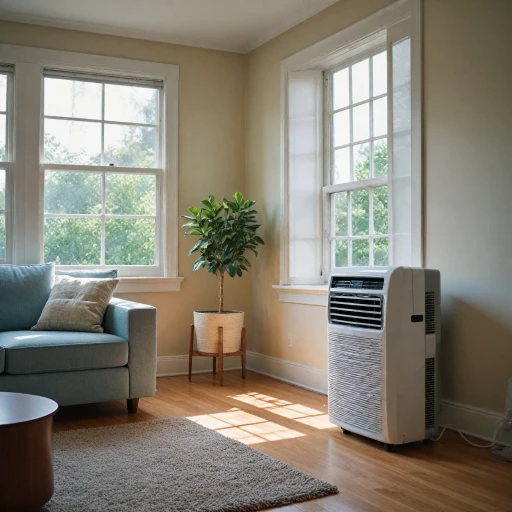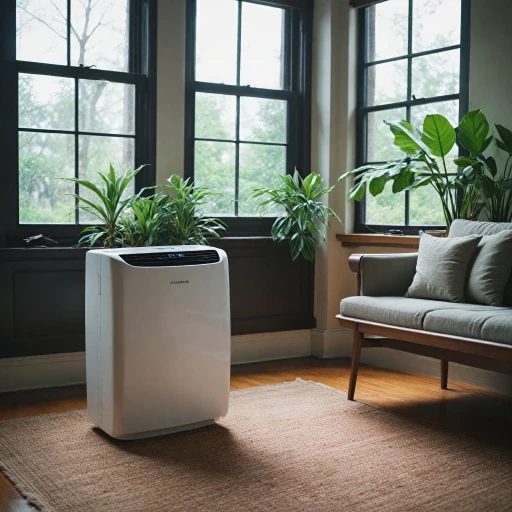
The Function of the Hose in Portable Air Conditioners
Understanding the Essential Role of the Hose Component
Portable air conditioners are exceptional appliances for cooling spaces that lack built-in air conditioning or cannot accommodate a window unit. An integral part of these devices is the hose, a component that might seem simple but serves a crucial function. The primary purpose of the air conditioner hose is to vent out hot air from the room, which is a vital aspect of maintaining a cool environment. The unit draws in hot air from the room, cools it, and then expels the gathered heat outside through the exhaust hose. Without this process, the air conditioning wouldn't be effective, as the device would essentially circulate the same hot air, failing to reduce the room's temperature. In many units, water is also extracted from the air in the process of cooling, and with advanced designs, this moisture is often evaporated and expelled along with the hot air, a feature that saves users from regularly emptying a drip pan. When choosing a portable air conditioner, it's critical to examine its exhaust hoses. A typical btu portable air conditioner comes with a hose system that offers efficient heat expulsion, which is necessary to ensure optimal cooling performance. Moreover, selecting the right unit involves considering whether the model has a single hose or dual hose setup, as these have different efficiencies and impact room cooling differently. For a deeper dive into the benefits and features of different portable AC units, including the strength of a 1-ton portable AC unit, you can explore this guide. Here, you will gain insights into how the hose mechanism integrates with the unit's overall cooling capacity and functionality.Types of Hoses Used in Portable Air Conditioners
Varieties of Hoses for Efficient Cooling
When selecting a portable air conditioner, understanding the types of hoses in these units is crucial. The hoses play a significant role in the unit's function by expelling hot air and mitigating excess moisture. Two primary types of hoses are prevalent in portable air conditioners: the single hose and the dual hose systems. Each comes with its unique benefits and considerations, catering to different cooling needs and space constraints.
Single Hose Systems: In a single hose system, cool air is drawn from the room, cooled by the air conditioning unit, and hot air is expelled through an exhaust hose. This type is generally more cost-effective and sufficient for smaller spaces. An ideal choice if you're looking to save on the regular price but still achieve efficient cooling.
Dual Hose Systems: On the other hand, dual hose systems come with two hoses - an intake hose and an exhaust hose. This design allows the conditioner unit to handle larger spaces or rooms with high foot traffic effectively. Dual hose systems tend to be more efficient, reducing heat build-up by ensuring that the unit doesn't work harder than necessary, thus potentially saving energy and prolonging the life of your appliance.
It's essential to assess your specific needs and the room size when choosing between these types. Reflecting on the installation will directly impact shipping decisions and the unit's efficiency. For a quick view of other relevant factors, consider the price, BTU of the portable air conditioner, and the particular room's heat and humidity levels.
Installation Tips for Portable Air Conditioner Hoses
Effective Setup of Your Portable AC Hose
When setting up your portable air conditioner, proper installation of the exhaust hose is crucial in optimizing the performance of your unit. By ensuring that hot air is efficiently expelled from the room, you can help your air conditioning system cool air more effectively and save on energy costs.
- Choose the Right Location: Place the air conditioner unit near a window where you can securely attach the exhaust hose. This proximity reduces the length of the hose, minimizing heat build-up and enhancing efficiency.
- Use Window Kits: Most portable units come with window kits that simplify the process of fitting the hose into a window. Follow the manufacturer's instructions carefully to create a snug fit that prevents air leaks.
- Avoid Bends and Twists: Keep the hose as straight as possible. Bends and kinks can restrict air flow, causing the unit to work harder and decreasing its ability to expel hot air.
- Check for Tight Seals: Ensure all connections are tightly secured, especially at the window outlet, to prevent hot air from re-entering the room.
Remember, a well-installed exhaust hose is key in maintaining the performance and longevity of your portable air conditioner. For additional insights on optimizing your cooling setup, such as the benefits of a 14000 BTU portable air conditioner, you can explore more resources.
Common Problems with Portable Aircon Hoses and Solutions
Troubleshooting Your AC Hose: Common Issues Explained
If you're experiencing issues with your portable air conditioner hose, you're not alone. Many users encounter specific problems that can affect the unit's cooling efficiency. Below are some typical issues and possible quick fixes to save you from unnecessary frustration: 1. Exhaust Hose DisconnectionOne frequent problem is the exhaust hose becoming disconnected from either the portable air conditioning unit or the window adapter. This disconnection can lead to hot air being recirculated back into your room, negating the cooling effect.
- Solution: Ensure that the hose is securely fastened to both the air conditioner unit and window vent. Check for worn-out seals or connections and replace them if needed. Lubricate seals with silicone for a tighter fit.
Portable air conditioners often generate some condensation, and if the hose isn’t properly installed, it may lead to water leaks.
- Solution: Regularly check the hose and connections for any water droplets. Ensure that the conditioner unit is level and the hose directed downwards towards the window, which can help prevent water accumulation.
Blocked exhaust hoses can limit the air flow, preventing hot air from escaping efficiently.
- Solution: Routinely inspect the length of the hose for kinks or obstructions. A clean, unobstructed pathway is crucial for adequate ventilation and uninterrupted cooling.
Using a non-standard hose length can lead to decreased cooling efficiency. The longer the exhaust hose, the harder your air conditioner has to work to expel the hot air.
- Solution: Stick to using the hose provided with your unit, and avoid extensions where possible. If a replacement is necessary, opt for those recommended by the manufacturer.
Maintenance Tips for Prolonging Hose Lifespan
Maintaining Your Portable Air Conditioner Hose
Proper maintenance of the hose can significantly prolong the lifespan and efficiency of your portable air conditioner unit. Without regular care, issues such as heat inefficiency or hose wear and tear can arise, potentially leading to higher unit prices or premature replacements. Here are some useful tips to ensure you're getting the most from your conditioner hose and unit:- Regular Cleaning: The accumulation of dust and debris can obstruct airflow through the hose, decreasing the cooling efficiency of your portable air conditioning system. It's advisable to periodically clean the exhaust hose by detaching it from the unit and using a damp cloth to wipe down the interior and exterior. Ensure it's completely dry before reinstallation to avoid mold.
- Inspect for Damage: With portable exhaust hoses being regularly extended and compressed, they can become prone to wear and tears over time. Check for visible cracks or punctures, which can allow hot air to escape back into the room, counteracting the cooling effect of the air conditioner.
- Prevent Blockages: To save your room from unwanted heat, ensure nothing is blocking the air hose window connection. A clear path for hot air is essential for optimal performance.
- Proper Storage: During the off-season, it's crucial to properly store your portable air conditioner hose. Detach it from the unit and collapse it, allowing it to save space. Store it in a cool, dry place to avoid any water or moisture exposure, which could compromise its durability.
